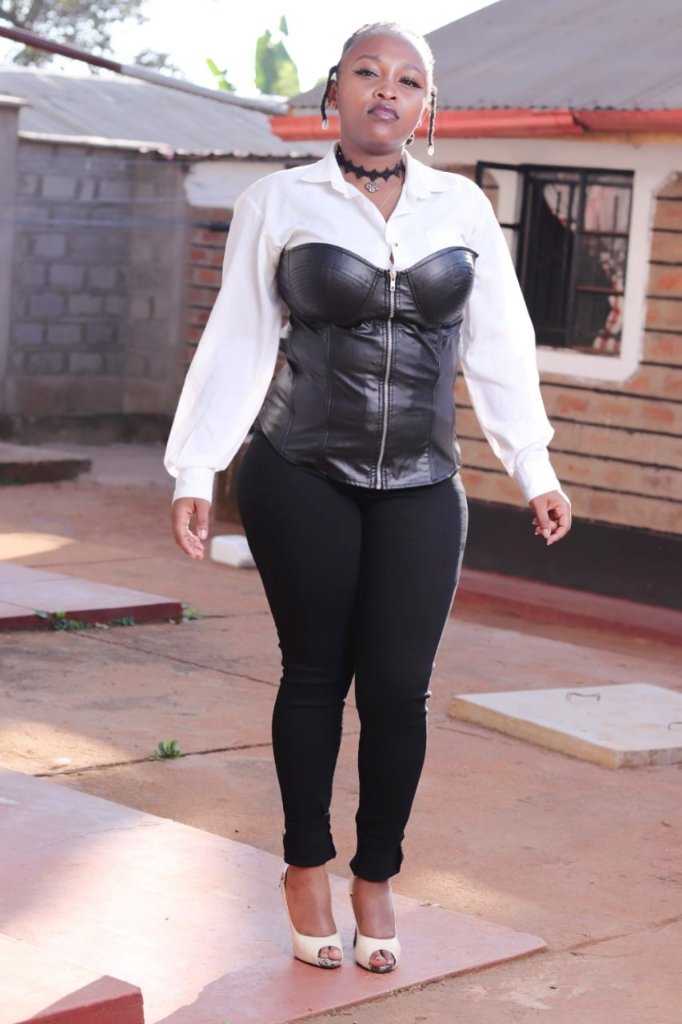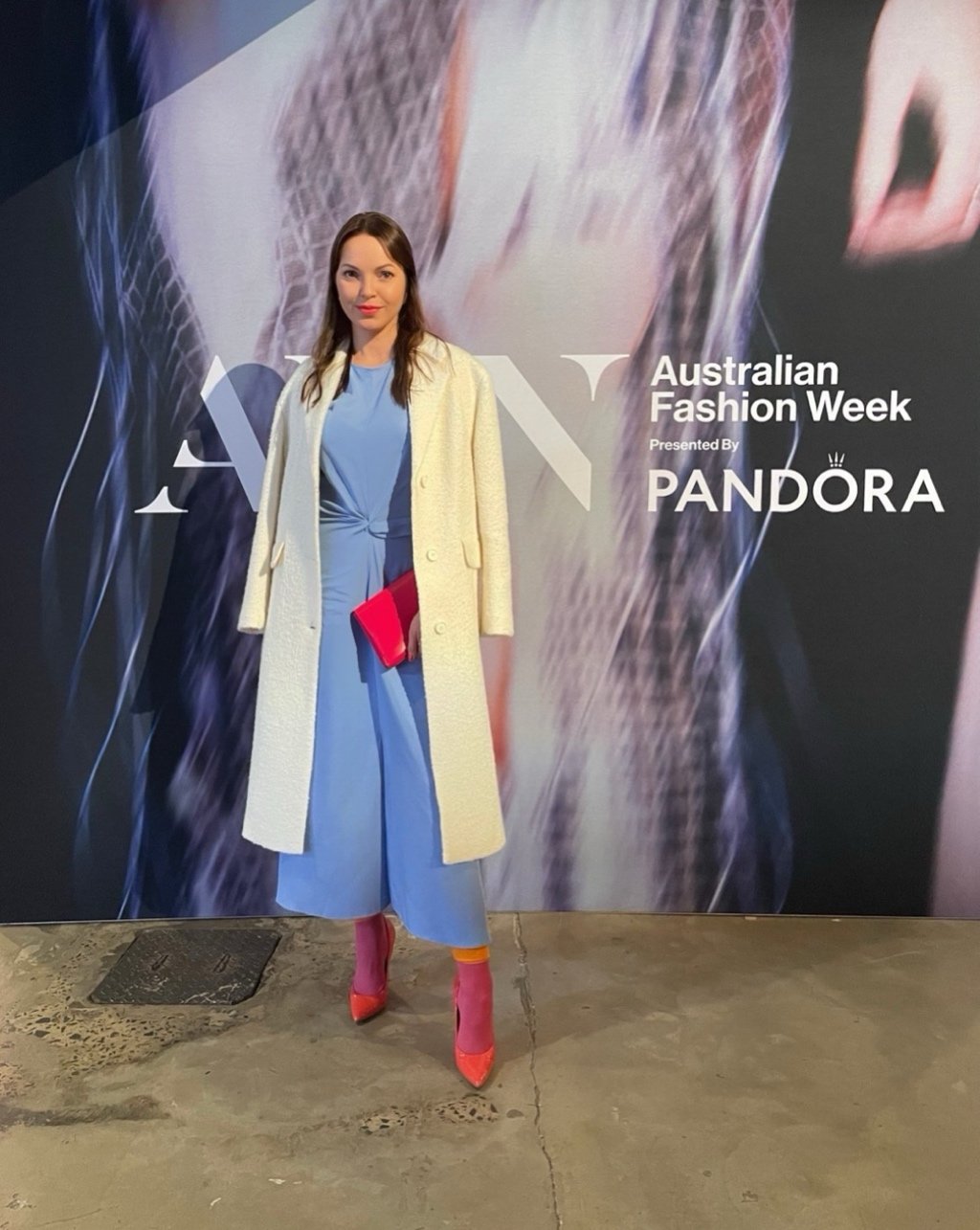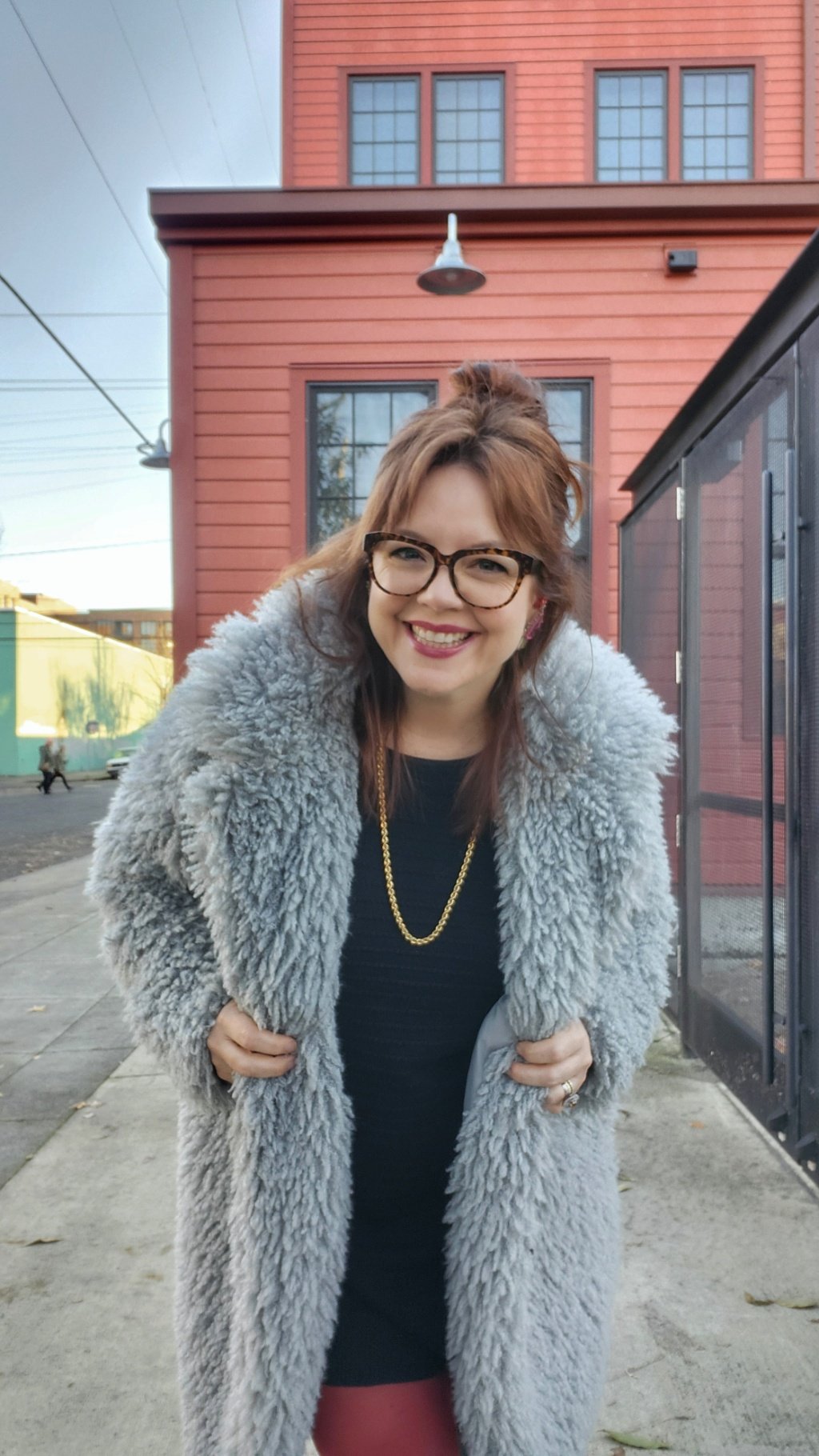Sustainable fashion: What’s trending
Jenna Flood
Meet Jenna Flood @theironicminimalist - Founding Contributor, Slow Fashion Stylist, and Eco-Warrior with a passion for educating people on the issues surrounding fast fashion.
Fashion trends are known for their short lifespan which can mean a lot of money invested in pieces that, let’s be honest, won’t get much wear. Thankfully, more fashion lovers, style influencers and retailers are realising just how impractical and wasteful fickle fashion trends can be and are instead embracing more sustainable long-term options.
Want a trending wardrobe that won’t go out of fashion in a few months? Here are the top 6 fashion trends blowing up this year in response to a more sustainable approach to styling, and you can bet they’ll be sticking around for years to come.
This article was first published on Australian Stylist Institute
Personalization
Our wardrobes are often viewed as disposable. Holey tee’s and buttonless shirts are often donated or worse, thrown in the bin. But why should we toss the clothing we love, when with a bit of creativity we can bring them back to life once again?
Mending those holes, adding a new patch, or creating a whole new garment keeps those textiles in circulation and away from landfills. And the best bit? You have just created a one-off garment that is true to your style. Spending time to update our clothing or add some personality connects us to our clothing, we no longer think of it as disposable. After all, #lovedclotheslast
Who can remember the famous patchwork cardigan designed by J.W Anderson and worn by Harry Styles that went viral after being recreated by TikTok users? Anderson was so impressed by everyone knitting their own cardigans that he actually released the pattern guide enabling more people to have a hand-knitted cardigan.
Knitting or making your own clothing used to be seen as something only elderly women did, but due to the rise in sustainability (and lockdowns all over the world) people are picking up the needles again. Even “sew-bros” are jumping on the trend, creating their own clothing from discarded textiles. Not ready to make your own garments just yet? Start by adding personalised touches like a vintage brooch to your blazer or embellishments on sleeves or collars.
2. Capsule Wardrobes
Once upon a time, fashion had only four seasons, Spring, Summer, Fall and Winter. Collections for these were carefully crafted up to a year in advance. Now we have a blistering 52+ “micro seasons” a year, with collections only having a 6 to 4-week turnaround. These collections bring a staggering 53 million tons of clothing into the world annually. If we keep up this pace, it is expected to reach 160 million tons by 2050.
Falling into the trap of buying all these new trends not only leaves us with an overstuffed wardrobe, but it also affects our planet and its people. By buying what we only really need or turning to preloved fashion for that style fix, we can lessen our footprint on the earth. And I get it, buying less can be a hard thing to do! We are constantly bombarded with advertising pushing us to buy. I’ve learnt to turn off these triggers that cause me to shop:
Avoid shopping as a “catch up with friends activity”….unless it’s op-shopping!
Shop my own wardrobe. Create some new looks from what I already have.
Wishlist or sleep on items before adding to cart.
3. Fashion Revivals
I guess we do have traditional trends to thank for this one but we aren’t complaining. Key fashion trends from previous eras always make a comeback and where’s the best place to find vintage fashion? Your local op shop! Op shops are tapping into the younger generations and curating their stores for us. I mean, who would have thought the 90’s revival would come back so quick!
Plus, heaps of second-hand stores have gone virtual, making it easier than ever for us to shop from home. Stores like Salvos and Sacred Heart Mission , eBay and Facebook Marketplace feature many barely used threads and large amounts of Facebook Groups are popping up dedicated to just one brand. “Gorman Buy, Swap, Sell” has over 21 thousand members.
Apps like Depop and Poshmark are making it even easier to have a preloved wardrobe. Consignment stores like Mutual Muse and Goodbyes curate their rails so you will only ever find vintage gems.
4. Green Collections
As more and more people discover the real deal behind fast fashion, the stronger their push for ethically made fashion is. The bigger brands do notice this, and while some slowly transform their supply chains for good, others release collections that are “sustainable”. You’ll begin to notice more brands release green or sustainable collections made from organic cotton or recycled plastics.
These collections are a great step in the right direction but always remember to review the brand’s transparency via the Good On You app before making a purchase because Greenwashing is still around and that’s a trend I’d like to see left behind in 2020.
5. Faux Leathers
What do pineapples, cacti, mangos and grapes have in common? They can all become leather alternatives! Data from the Higg Materials Sustainability Index shows that natural fibres such as leather, have the overall highest environmental impact. Creating vegan-friendly alternatives from other fibres helps us to reduce that impact and our reliance on animal agriculture.
Naarm (Melbourne) based brand A_C Official has fully embraced leather alternatives. Using Desserto (cactus leather), Pinatex (pineapple leather) and washable paper to create their latest range of handbags, A-C Offical shows that animal skins are no longer the future of accessories
6. Androgynous Dressing
Androgynous fashion is a style that aims to avoid gender stereotypes. Instead of dressing in a traditional gender role, people may style themselves to look how they feel on that particular day. Whether that be male, female or even non-binary.
We are seeing fashion lovers across the globe breaking traditional stereotypes and embracing androgynous styling. For example, Harry Styles wearing a dress on the cover of Vogue. Initially it caused a huge amount of criticism with people claiming that we should “bring back manly men” *crazy right?!* But we’re seeing these fashion barriers being broken down so that any gender (or non-gender) can wear anything they like and that’s a ‘trend’ we’ll be seeing a lot more of. Tailors are beginning to market to women and you’ll notice more brands launching unisex collections.
Gone are the days of fickle fashion trends. We’re beginning to see the fashion world embrace a slower approach to trends and seasonalities and this is just the beginning. Sustainable style is here to stay so embrace it and make it your own!















